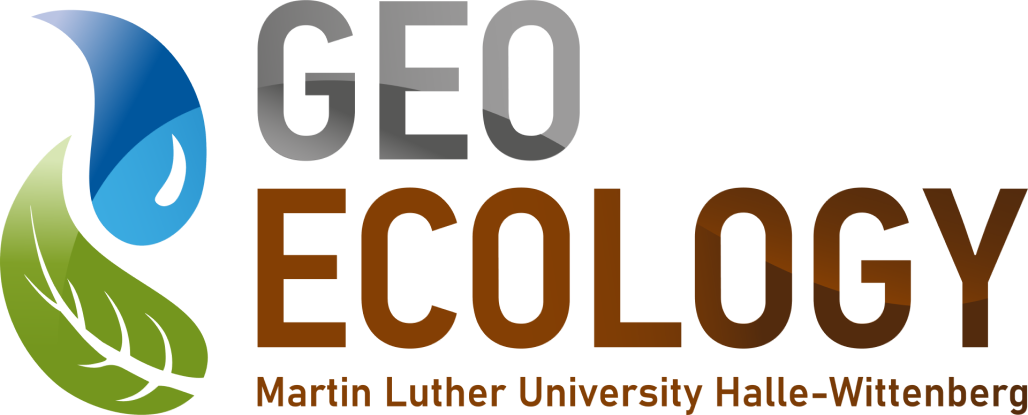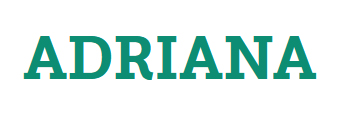The sustainable use of natural geo-resources and the efficient use of valuable materials are gaining in importance worldwide. Against this background, anthropogenic deposits such as heaps and tailings are increasingly moving into the research focus as potential sources of raw materials. New strategies are necessary for the exploration and evaluation of the usable resource potential of corresponding old deposits. The ADRIANA project addresses this task using tailings from copper ore processing in Erdenet, Mongolia, as an example. In the project, remote sensing methods are innovatively combined with approaches from 3D deposit modelling to estimate the potential of the tailings as a deposit, and the technical and economic feasibility of extracting the contained valuable materials is examined.
Sub-project leader:
- Cornelia Gläßer
Team:
- Michael Denk
- Yaron Ogen
Project partners:
- G.E.O.S. Engineering Company Ltd.
- Dimap-Spectral GmbH
- CBM Society for Consulting, Business and Management mbH
- GMIT – German-Mongolian University of Natural Resources and Technology
- EMC – Erdenet Mining Corporation
- EiT – Erdenet Institute of Technology
Background and objectives:
- Estimation of the resource potential of the Erdenet tailings using mutisensory and mutliscale remote sensing.
- Development and optimisation of workflows for remote sensing-based analysis of tailings
Methodological approach:
- Multiscale remote sensing
- Hyperspectral Remote Sensing
- Field and laboratory spectrometry
- 3D reservoir modelling
Expected results:
- Development and optimisation of workflows for the remote sensing-based analysis of tailings for resource-economically relevant recyclables
- Estimation of the resource potential of the Erdenet tailings
Publications:
Theses:

